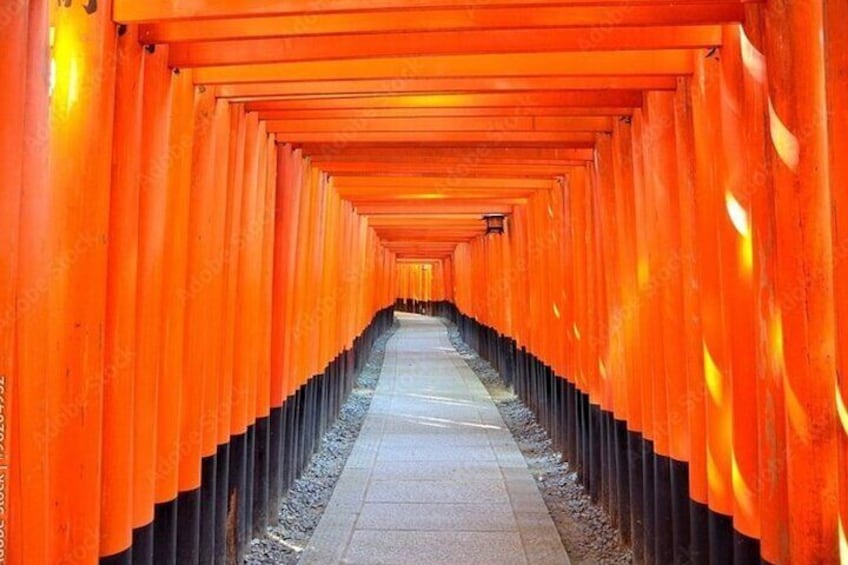
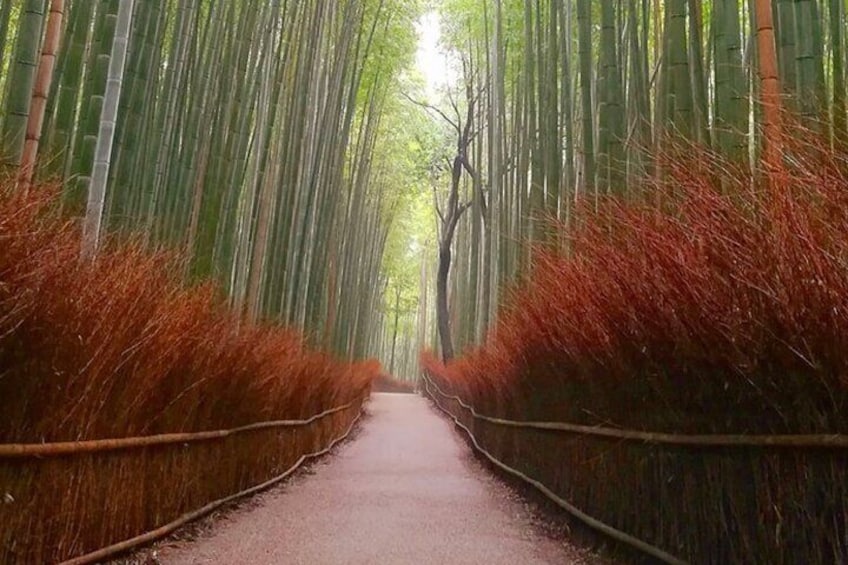
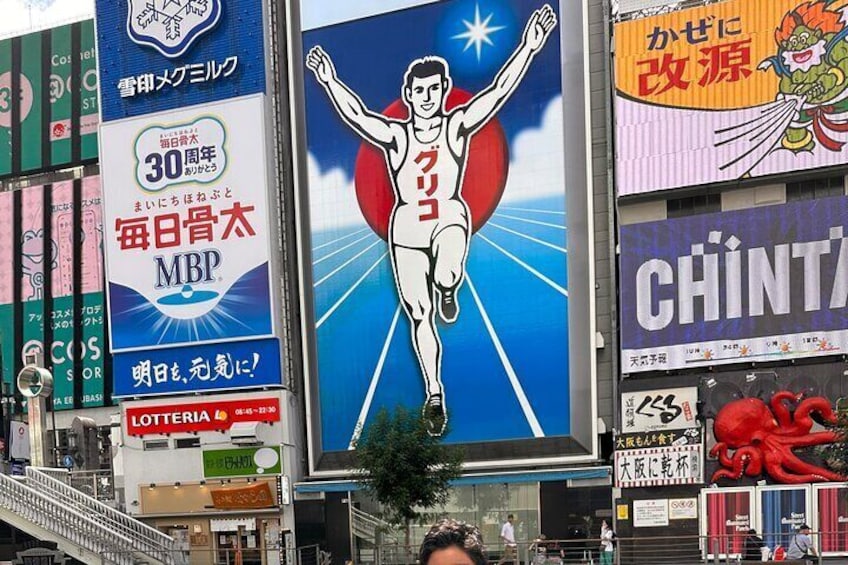
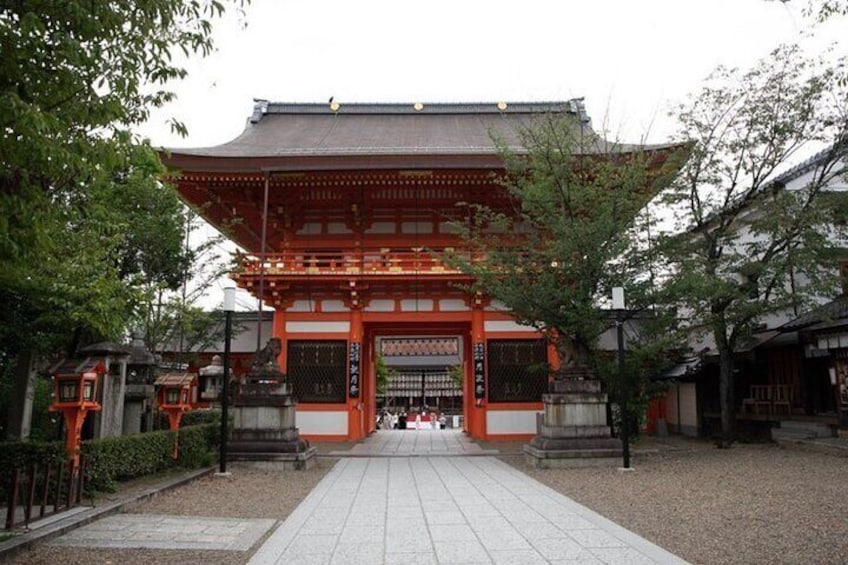
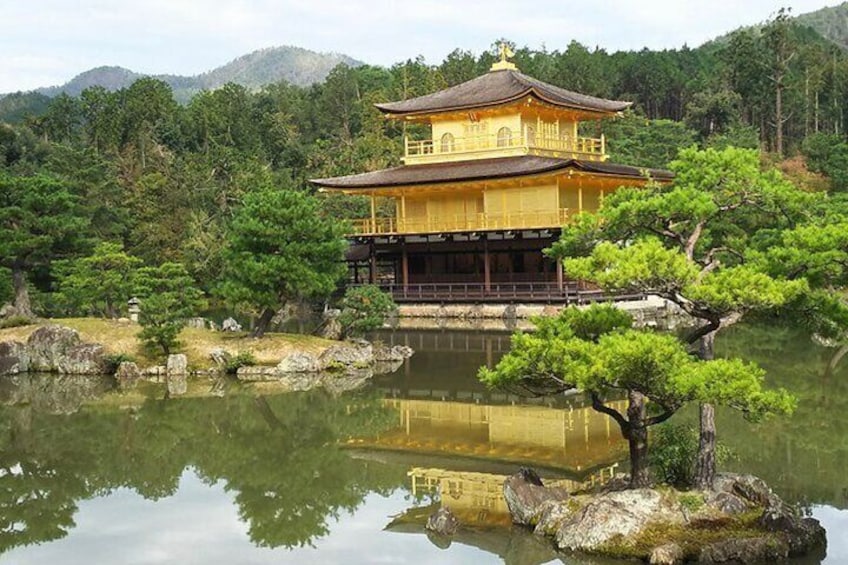
Kyoto, Osaka, Nara Full Day tour by Car English speaking Driver
Oleh NIHON HORIZON TOUR
2.6/5
2.6 daripada 5Pembatalan percuma tersedia
Ciri-ciri
Gambaran keseluruhan
Lokasi aktiviti
Titik Pertemuan/Penebusan
Semak ketersediaan
Hiace Van for 1 to 9 Person
Hiace Van: all type of Van cars according to number of passengers
Pickup included
Pilihan bahasa: Bahasa Inggeris
Butiran harga
RM 4,110.21 x 1 PengembaraRM 4,110.21
Jumlah
Perkara yang dirangkumi dan tidak dirangkumi
Ketahui sebelum anda tempah
- Infants and small children can ride in a pram or stroller
- Service animals allowed
- Public transportation options are available nearby
- Infants are required to sit on an adult’s lap
- Suitable for all physical fitness levels
Jadual perjalanan aktiviti
Lokasi
Lokasi aktiviti
Titik Pertemuan/Penebusan
Tawaran Terbaik untuk Aktiviti Menarik
Alami keajaiban dunia dengan lebih dekat dengan tawaran hebat untuk aktiviti menarik sama ada dekat atau jauh. Expedia menawarkan aktiviti unik yang membolehkan anda menerokai Kyoto dengan cara tersendiri. Sama ada anda menyukai alam semula jadi, budaya, makanan atau pengembaraan, kami mempunyai aktiviti yang sempurna untuk anda.
Pengalaman Popular di Kyoto
Dengan begitu banyak aktiviti menarik di Kyoto, merancang hari untuk keluar mungkin menjadi satu cabaran. Expedia di sini untuk memudahkan pencarian tarikan, lawatan dan aktiviti terbaik di Kyoto. Keluarga, pasangan dan pengembara perniagaan semuanya dapat mencari aktiviti yang sempurna di Kyoto untuk mencipta kenangan indah dengan bantuan Expedia.